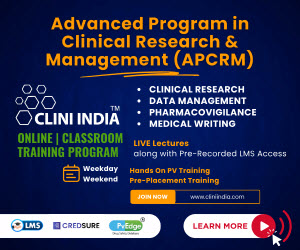U.S. Food and Drug Administration’s comprehensive framework for regulating nicotine and tobacco. FDA is developing policies that support the possibility of a world where combustible cigarettes could no longer create or sustain addiction. A key part of this framework are steps to pave the way for products that help currently addicted smokers move away from the deadliest form of nicotine delivery.
Part of this work requires that we recognize that nicotine, while highly addictive, is delivered through products posing a continuum of risk – with combustible cigarettes at one end, to nicotine replacement therapy (NRT) products at the other. This not only includes encouraging innovation of potentially less harmful tobacco products for those adults who still seek to use nicotine (such as e-cigarettes), but also taking a closer look at our overall approach to the development and regulation of NRT products that are regulated as drugs, and designed to safely reduce withdrawal symptoms, including nicotine craving, associated with quitting smoking.
The development of novel NRT products, regulated as new drugs, is a critical part of our overall strategy on nicotine.
To achieve these goals, the Nicotine Steering Committee that established last September has been evaluating new, evidence-based opportunities to advance therapeutic nicotine products for combustible tobacco product cessation. This work to re-evaluate and modernize our framework aims to provide clarity for companies seeking to avail themselves of the pathway to market safe and effective smoking cessation products.
The guidance, “Nonclinical Testing of Orally Inhaled Nicotine-Containing Drug Products,” focuses on data recommended to evaluate potential toxicities associated with orally inhaled nicotine-containing drug products. This includes products such as electronic nicotine delivery systems like e-cigarettes that are intended for smoking cessation and other long-term uses that would make them subject to regulation as drugs.
This guidance is aimed at providing sponsors with recommendations on the nonclinical information appropriate to support development and approval of orally inhaled nicotine-containing drug products. It recognizes that a great deal of toxicity information is available for nicotine. But such information may not be available for other compounds contained in e-liquids and delivered by these products. These include the flavorings and heat-generated chemicals. These products can be used for six months or more over the course of a lifetime. So, it’s important to understand the risks to humans from these exposures, including developmental and reproductive toxicity and carcinogenicity.
That future guidance also is expected to address potential alternative treatment regimens like pre-treatment before quit day, quitting by gradual reduction (reduce-to-quit), or using two NRT drug products together.
These guidances are one part of larger policy efforts to address the public health crisis of tobacco usage in this country. Given some of these products are relatively new technologies, or innovations that haven’t yet been through the product development and evaluation process, we’ll be seeking input on these draft guidances and welcome feedback on whether we’ve struck the right balance between innovation and safety; and set the right framework to encourage companies to use the new drug pathway to bring novel NRT products to market, with our public health mission leading the charge.










